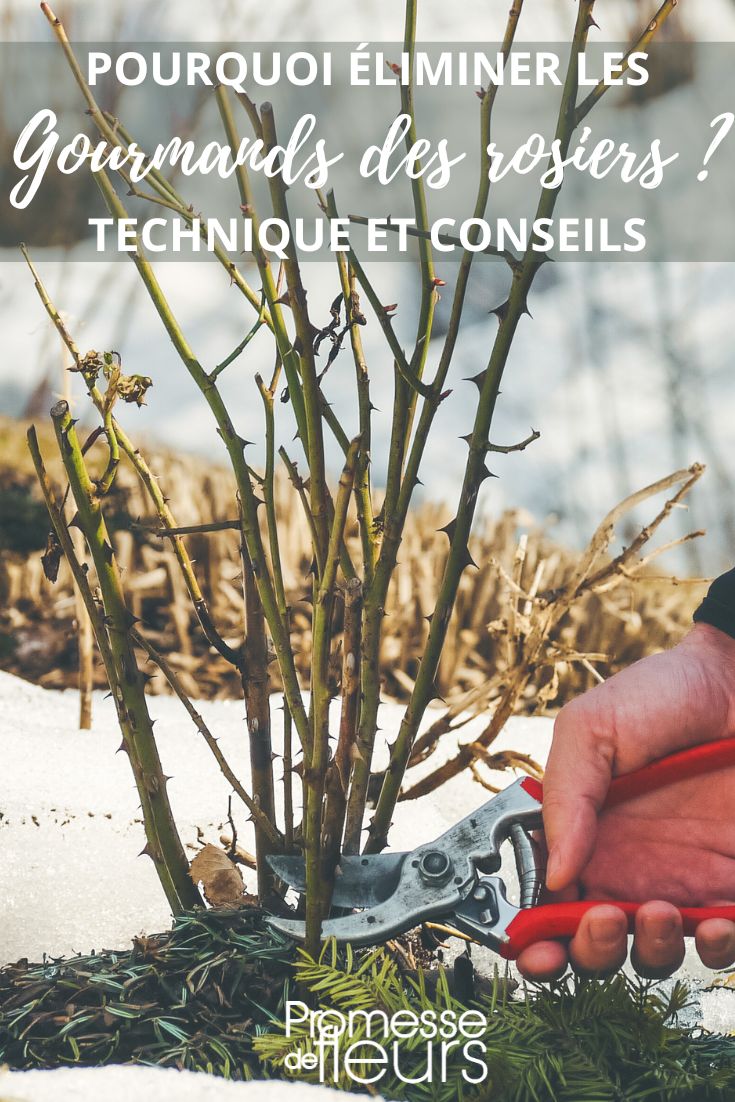Pink, yellow, red or even white… rose bushes, with their enchanting beauty and delicate scents, are jewels in any garden. However, to maintain their health and appearance, it is essential to understand and remove suckers that can sap their energy. We explain why it is important to eliminate these vigorous shoots and how to do it correctly to ensure your rose bushes stay in good condition.
What are suckers on a rose bush?
Suckers, also called rejections, are shoots that develop from the rootstock of a grafted rose, generally below the graft union. These stems are characterised by rapid, vigorous growth, often to the detriment of the main plant. Because they draw their energy from the robust root system of the rootstock, these shoots can dominate the rose bush, reducing flowering and weakening the plant.
Why is it important to remove them?
Leaving suckers on a rose bush can cause several problems. Not only do they divert nutrients and water from the grafted portion, but they can also lead to an unbalanced plant, with reduced floriferousness and increased susceptibility to disease.
Worse, the rootstock can take over the scion and you end up with a rose bush… completely different from the one you chose! For example, certain wild rose Rosa multiflora, Rosa canina, Rosa laxa, ... are often used as rootstocks because of their strong resistance to root diseases and their adaptability.
Removing these suckers therefore redirects energy to branches that produce healthy flowers and leaves, favouring growth and flowering of your rose bush.
How to identify suckers?
To start, you need to recognise these notorious suckers! They usually grow from the main trunk or roots, always below the graft union and look different from normal branches: they are often thicker, with paler foliage and longer nodes. In addition, they do not bear flower buds and grow with a vigour that contrasts with the rest of the plant.

How to remove suckers?
1- Equip yourself with gardening gloves, preferably designed for roses, to avoid being pricked.
2- Then arm yourself with a pruning shear that is sharp. Make sure pruning shear blades are clean and disinfected to prevent disease transmission.
3- Carefully inspect the base of your rose bush for shoots growing from the rootstock, below the graft union. These shoots can sometimes be hidden beneath foliage or arise from the roots.
4- Cut each sucker as close as possible to the main stem or to the soil. Make a clean cut to avoid further injuring the rose bush.
5- After removing suckers, regularly monitor your rose bush to remove any new attempts at sucker regrowth, especially during active growth season.
6- After pruning, water your rose and keep soil moist, but not excessive. Consider adding mulch around the base of the rose to help retain moisture and prevent weed growth.

Additional tips and tricks
- Prune at the right time : late winter or early spring, before rose begins active growth, is the ideal time to inspect and remove suckers.
- Take care with wounds : avoid wounding the rootstock or main stem when pruning.
- Apply rose fertiliser after removing suckers, to help plant recover from loss of these energy-hungry shoots. This will encourage development of flower buds.
































Comments